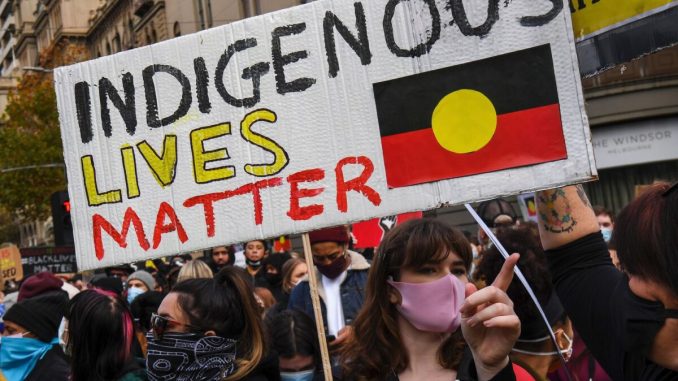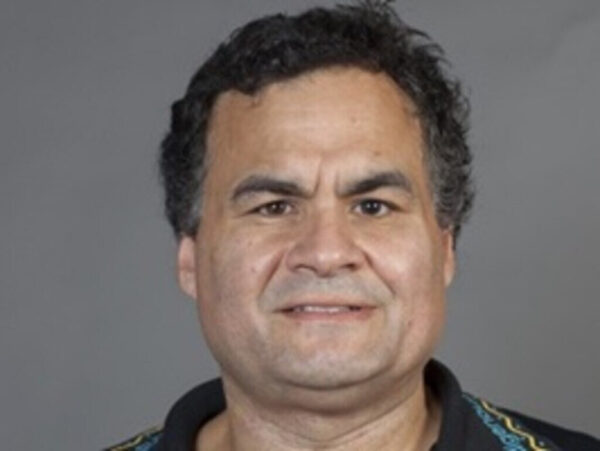
Living in safe and clean environments, having access to modern services that individuals find personally meaningful, possessing the necessary skills to function in the 21st century, developing a robust sense of self-worth, engaging in personally meaningful activities, and practising personal responsibility.
These are the recommendations of a new Centre for Independent Studies report by Indigenous researcher Anthony Dillon, Ph.D, to address the crisis of high suicide rates among Indigenous Australians.
Dillon’s recommendations take what he calls a strengths-based approach that assumes that people mostly do okay when both the aforementioned external and internal conditions are right. “As thousands of Indigenous Australians prove every day,” he said.
Despite “plenty of action” by governments, committees, research, and reports, the suicide crisis persists, prompting Dillon to call for a fresh approach.
Recent data from the Australian Bureau of Statistics revealed that in 2019 there were 27 Indigenous suicide deaths out of every 100,000 people compared to 12.9 non-Indigenous suicide deaths for the same period. The numbers are tragically even higher for young Indigenous boys and girls aged 14-19 years.

Dillon says a fresh approach should start with the premise that the causes and solutions for Indigenous suicide are fundamentally the same as non-Indigenous suicide.
He says there needs to be recognition that there are a set of factors that make death by suicide more likely for Indigenous Australians.
This involves placing greater emphasis on early intervention rather than suicide-specific programs and focussing on rural and remote areas where the risk of suicide is most significant.
Dillon also wants to dispel the notion that only Indigenous people are best placed to address Indigenous suicide and recognise that non-Indigenous people can be just as helpful in solving the crisis.
“Suicide of a non-Indigenous person is no less tragic than the suicide of an Indigenous person, but best available statistics show that Indigenous people are far more likely to take their own lives, and so it warrants additional attention,” Dillon said.

Suicide is the fifth leading cause of death for Indigenous Australians, making them far more likely to take their own lives than non-Indigenous Australians, where it is the twelfth leading cause of death.
Dillon also argues that academic and government reports have contributed to a barrier to solving the problem by continuously framing high Indigenous suicide rates due to despair about colonisation.
Although colonisation was disruptive, Dillon says Indigenous Australians aren’t victims of the past but only victims of their view of the past.
“It is not the past that sustains or causes some Indigenous people to live in deplorable conditions today, yet it is the past that is often blamed,” he said.
Dillon argues that all races and civilisations have a past of being conquered and dispossessed, but while that history may contribute to problems that exist, they were not a direct cause.
“And, more importantly, it is not something that can be changed, so to focus on it diverts energy from solutions that can make a real difference,” he said.





Be the first to comment